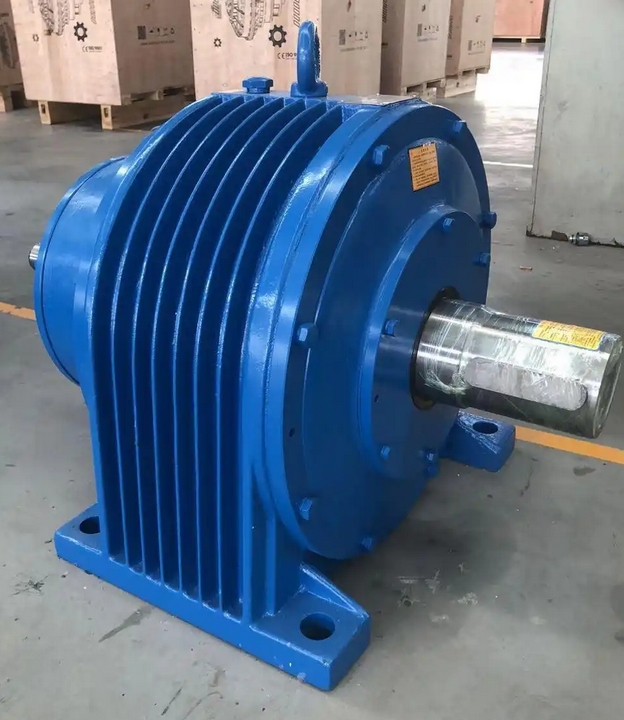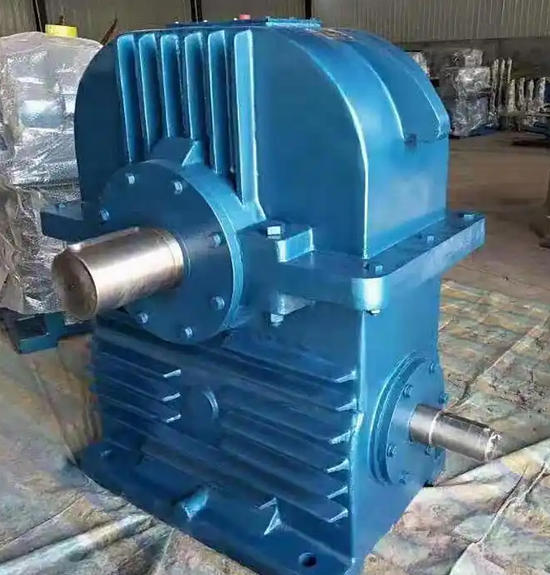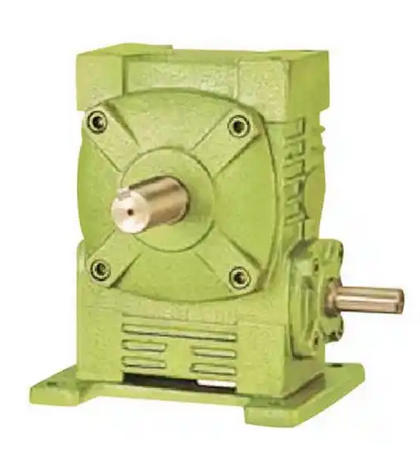The installation steps for the NGW91-12.5 horizontal single-stage planetary gear reducer are as follows:
The installation steps for NGW91-12.5 horizontal single-stage planetary gear reducer are as follows:Preparation before installation
Check the integrity of the parts: Refer to the gearbox packing list to check if the parts are complete and if there is any damage, deformation, or other issues. Special attention should be paid to checking the surface quality of key components such as gears, shafts, and bearings. If there are any problems, they should be replaced or repaired in a timely manner.

Cleaning parts: Use a clean cloth or solvent to remove oil stains, rust, burrs, and other impurities from the surfaces of various parts of the gearbox, ensuring that the installation surface is clean and smooth. For surfaces with sealing requirements, special attention should be paid to protection to avoid scratches.
Prepare installation tools: Prepare the necessary tools for installation, such as wrenches, screwdrivers, vernier calipers, dial gauges, feeler gauges, lifting equipment, etc., and ensure that the accuracy and performance of the tools meet the installation requirements.
Determine installation location: Determine the installation location of the reducer based on the layout and process flow of the equipment. The installation position should ensure convenient connection between the reducer, drive motor, and working machine, and sufficient space for operation and maintenance. At the same time, it is necessary to ensure that the installation foundation is firm and can withstand the maximum load during the operation of the gearbox.
Install basic processing
Basic inspection: Check whether the dimensions, flatness, and levelness of the installation foundation meet the requirements. The flatness error of the foundation should be controlled within a certain range, generally not exceeding 2mm per square meter. Use a level to check the levelness of the foundation to ensure that the horizontal deviation of the foundation in all directions does not exceed the specified value.
Basic repair: If the surface of the foundation is uneven or defective, it needs to be repaired. For the raised parts, grinding or milling methods can be used for leveling; For low-lying areas, materials such as epoxy mortar can be used for filling. The repaired foundation surface should be smooth, flat, and free of defects such as cracks and looseness.
Anchor bolt installation: Drill anchor bolt holes on the foundation according to the installation hole position of the reducer. The length and diameter of the anchor bolt shall meet the requirements of the reducer, and the depth of the bolt hole shall be slightly deeper than the length of the anchor bolt, generally 50-100mm. Put the anchor bolt into the hole, adjust its position and perpendicularity, and then pour and fix the anchor bolt hole with concrete. During the solidification period of concrete, it is important to keep the position of the anchor bolts unchanged to avoid displacement or tilting.



